Your Product Basket
- - +5.58€
Cart Total:
4.50€
Showing 1–16 of 31 results
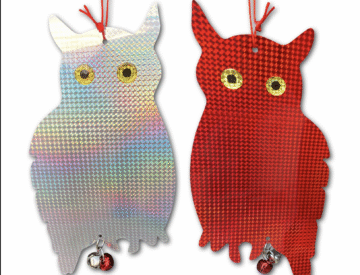


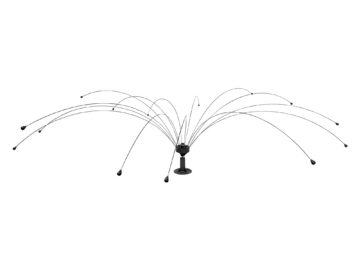
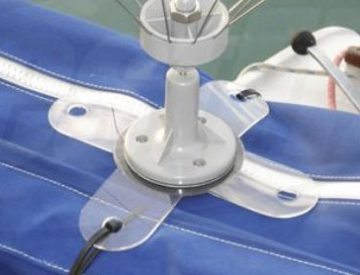
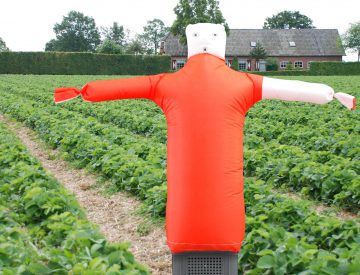
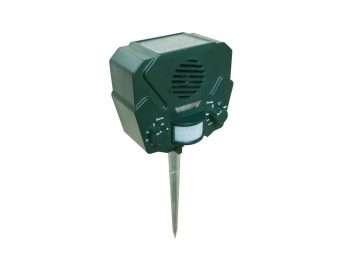
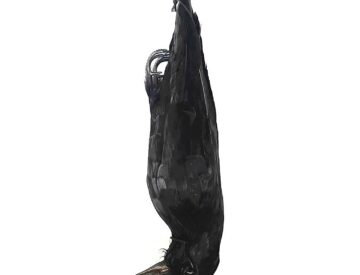
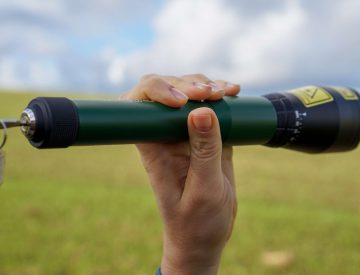


-360x275.jpg)

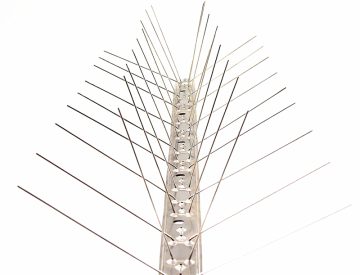

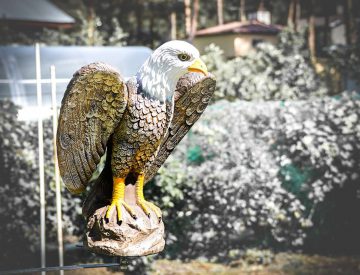
Bird repellents are highly effective devices that are used to drive birds away from areas that they have already chosen to frequent. This is often a complicated task because once birds have established a place as their nesting area or feeding ground, they are very reluctant to leave. Bird repellents thus usually create a challenging and unpleasant experience for birds that they are not likely to get used to or tolerate.
However, if you are looking for more cost effective solutions or preventative devices to simply deter birds, take a look at our selection of bird deterrent devices.
Bird repellent devices are used to repel birds from areas that they have chosen to frequent. These solutions come in various forms, but the most commonly used ones are bird lasers, propane cannons and high-capacity audio appliances.
Bird lasers are an extremely effective and efficient tool for repelling birds from specific areas, triggering the birds’ natural instinct to flee from perceived threats. This is due to the fact that birds are highly sensitive to sudden movements, and the rapid movement of a laser beam with its ever-changing trajectory makes it exceedingly difficult for birds to ignore.
Furthermore, using lasers for bird control is also a humane method, as it does not cause any physical harm to the birds. Unlike some other bird control methods, laser beams pose no physical threat to them.
Propane Cannons are also highly effective repellents that create a sudden shock to birds by producing loud noises. The sound produced by propane cannons is similar to that of a gunshot and can be heard from long distances. Birds perceive this noise as a threat and it causes them to flee to a safer location.
Propane cannons are particularly effective in deterring birds that are accustomed to noises and other deterrent methods. Unlike visual deterrents that birds can learn to ignore, the sudden loud noise produced by a propane cannon is more difficult for birds to become accustomed to, allowing for long-term effectiveness in bird control.
High capacity audio devices can also be used to chase birds away from designated areas. These devices are designed to emit sounds that birds find unpleasant or threatening, causing them to avoid the area. The sounds used by audio repellents vary from the mimicry of predator calls or distress calls to other sounds like barking, signalling to birds that the area is unsafe. The large variety of different sounds makes it more difficult for the birds to get used to these devices.
Audio devices designed to repel birds are usually much more powerful than the ones used to deter them. While smaller audio deterrents are suitable for use in home gardens they may be less efficient at deterring large flocks of birds over large areas of land.
High capacity audio devices are meant for use in large agricultural fields, they are typically louder and utilize a wide range of sounds to keep birds at bay.
Overall, bird repellent devices are the most effective bird control devices available. They are typically easy to install and maintain, and they can bring you the peace of mind knowing that your property is protected. Since there are a variety of bird repellents available, it’s important to do your research and choose a device that’s suited for your specific situation, to ensure the most effective results.
What is the difference between bird deterrent and bird repellent devices?
Bird deterrents are typically devices or methods used to prevent birds from coming to a specific area in the first place. This could include visual scare tactics, such as bird scarer kites or predator decoys, or audio devices. The idea behind a bird deterrent is to make the area unattractive or uncomfortable for birds, so they choose to go elsewhere.
On the other hand, bird repellents are used to drive birds away from an area that they have already chosen to frequent. This is often a more complicated task because once birds have established a place as their nesting area or feeding ground, they are very reluctant to leave. Bird repellents thus usually create a more challenging and unpleasant experience for birds that they are less likely to get used to or tolerate.
It is important to note that some products may function as both deterrents and repellents, depending on their specific design and application. Additionally, the effectiveness of bird deterrents and repellents may vary based on the type of bird and the specific situation.
Why is it easier to deter birds than to chase them away once they have started frequenting an area?
Chasing birds away from a place they’ve already chosen to frequent can be very difficult. The reason for this is that once birds have established a place as their nesting area or feeding ground, they become pretty attached to it and are reluctant to leave.
On the other hand, keeping birds away from a certain place is generally easier because this involves preventing them from becoming attached to the area in the first place. By using simple devices such as decoys, or sonic devices, it is possible to create an environment that is unappealing to birds and discourage them from settling down in the area.
Birds tend to be more attracted to certain features in an environment, such as sources of food and water. By reducing or removing these attractions, you can make the area less appealing to birds and reduce the likelihood of them becoming attached to it.
Do birds get accustomed to bird repellent devices?
Although birds are highly adaptable creatures, it is very difficult for them to get used to bird repellent devices. These devices are designed to exploit the keen senses of birds in a manner that is threatening and impossible for them to ignore. By utilizing stimuli that remain unpredictable and constantly changing such as loud noises and moving laser beams, they make it impossible for birds to acclimate to them.
Therefore, bird repellent devices remain an effective means of managing and controlling bird populations, particularly in areas where their presence can cause significant damage to infrastructure or agricultural resources.
However, it is also important to note that different species of birds have varying levels of intelligence and adaptability, and may respond differently to bird repellent devices. Some species, like pigeons or seagulls, are highly adaptable and may eventually learn to ignore certain types of bird control devices. Other species may be more easily deterred.
Salu OÜ, reg 12600389, VAT EE101743004 Tehnika 37-6, Tallinn 10137 Estonia
+372 5267 138 (ENG) info@birdbusters.eu
© 2025 Birdbusters.eu